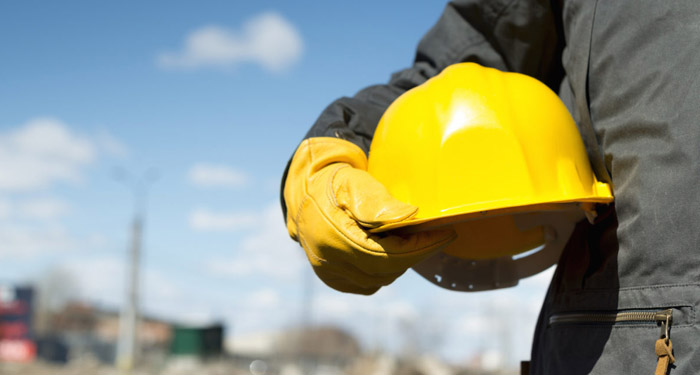Working aloft is risky and a supervisor should be appointed to act as a lookout for the crew member who perform such tasks, the Gard P&I Club warned. The Club’s claims database for the last 10 years shows that 5% of all falls from heights have resulted in fatalities and is one of the top 5 leading causes for fatalities onboard.
Given the degree of risk involved, in addition to the worker wearing proper PPE, the role of a supervisor to ensure a proper lookout for the worker is important.
For the same reason, the role of the supervisor should not be compromised by being given additional tasks in the vicinity as this will take his attention away from the worker aloft and can compromise his safety.
It takes most people about 1/3rd of a second to become aware of a fall, and a further 1/3rd of a second for the body to react, in which time a person can fall up to 7 feet or 2.1 meters, according to data by US Occupational Safety and Health Administration’s (OSHA).
The consequences of falling from a height can be permanent disability and in some cases even fatal.
According to the Club’s database, the number of fall from height incidents involving ratings are double that involving officers.
Wherever there is a risk of falling, it should be considered as working aloft or working at a height. Work should be carried out only if there is no other alternative.
However, supervision or assistance from a fellow crew member alone may not improve height safety and there are several other areas where improvements can be made, such as:
- Assess the risks when planning a work task. A verbal discussion such as ‘Take 5’ or ‘Tool-box Talk’ can be very helpful. The Australian Maritime Safety Authority (AMSA) in their safety bulletin on working at heights highlight some of the wider aspects which should to be considered when assessing the risks. These are fatigue, training, time pressures, procedures, leadership, risk acceptance, workload and environmental conditions.
- Prioritise collective protection measures, such as guard rails, proper lighting, marking of trip hazards, over personal protection measures.
- Consider each individual person’s experience.
- Maintain high standards of safety also when the ship is at a yard. The ship’s crew should follow the shipyard’s safety procedures as far as practicably possible but continue to apply normal seafaring practices and comply with their company’s safety standards.
- Take into account the possibility of emergencies occurring when planning a task.
It should also be pointed out that working at height is not only associated with working aloft, e.g. in a ship’s mast or crane, or outboard, but also when working inside tanks or other enclosed spaces where there is a great risk of falling from one level to another.






























































